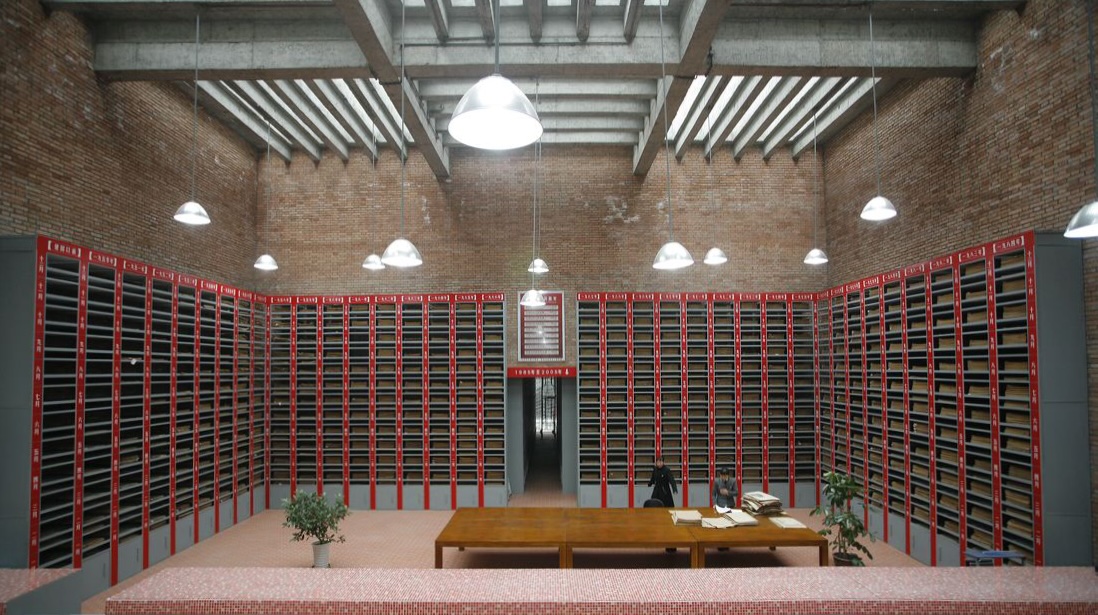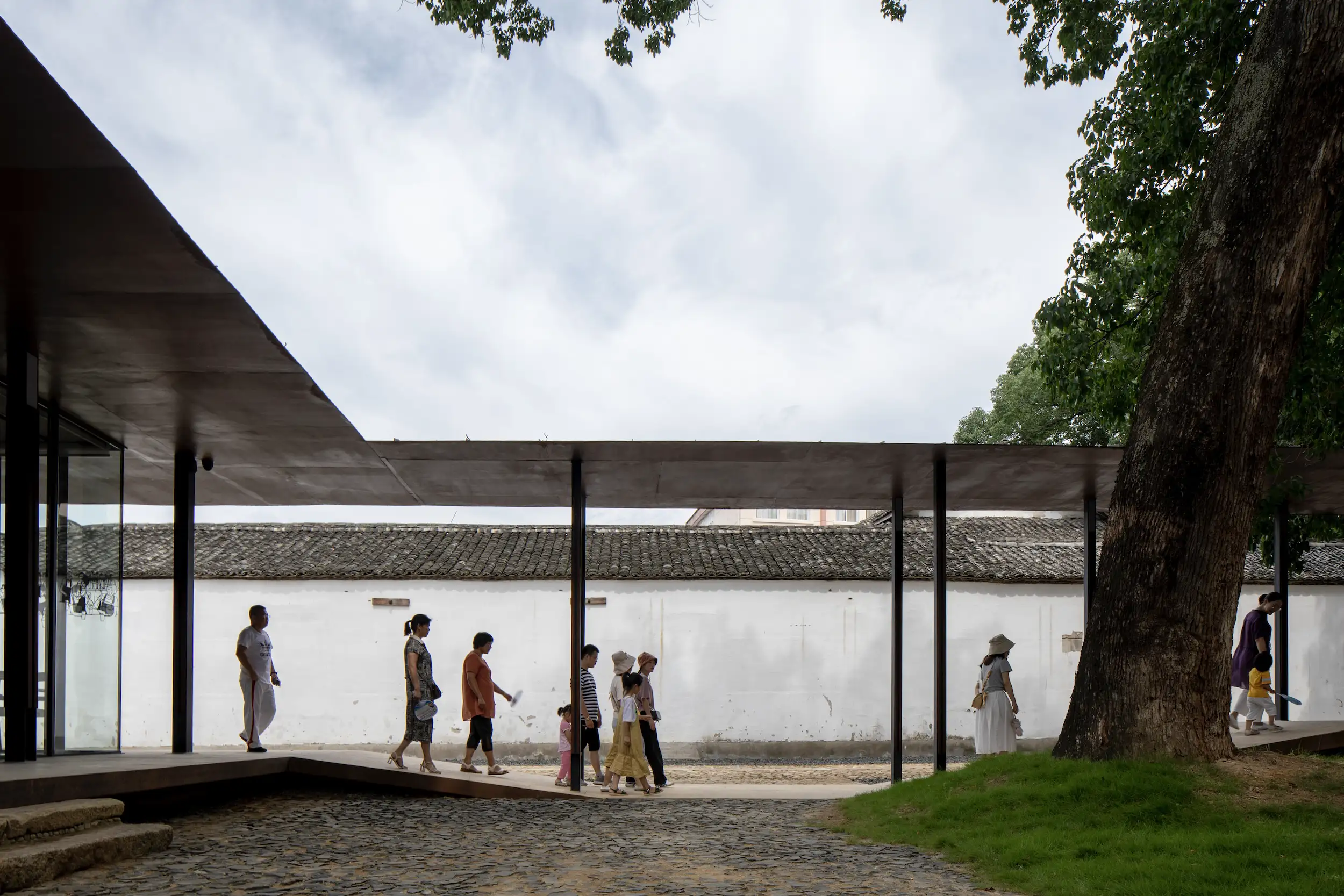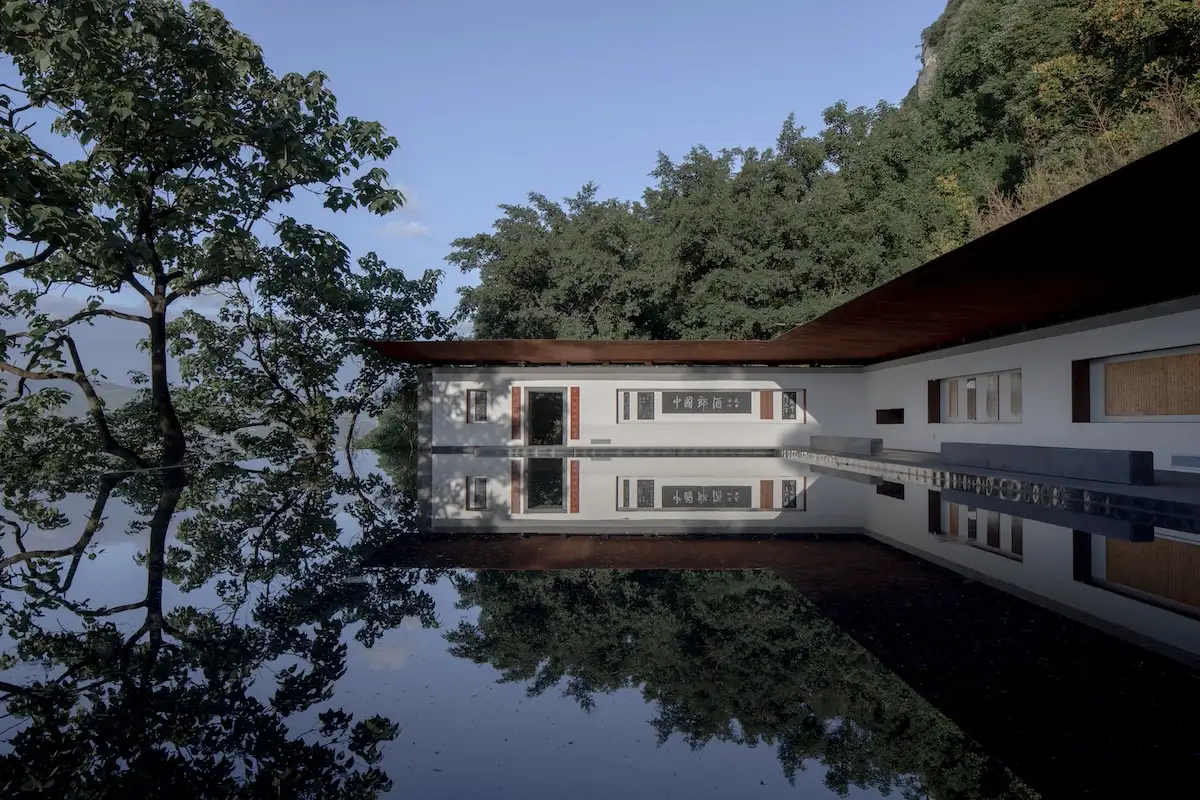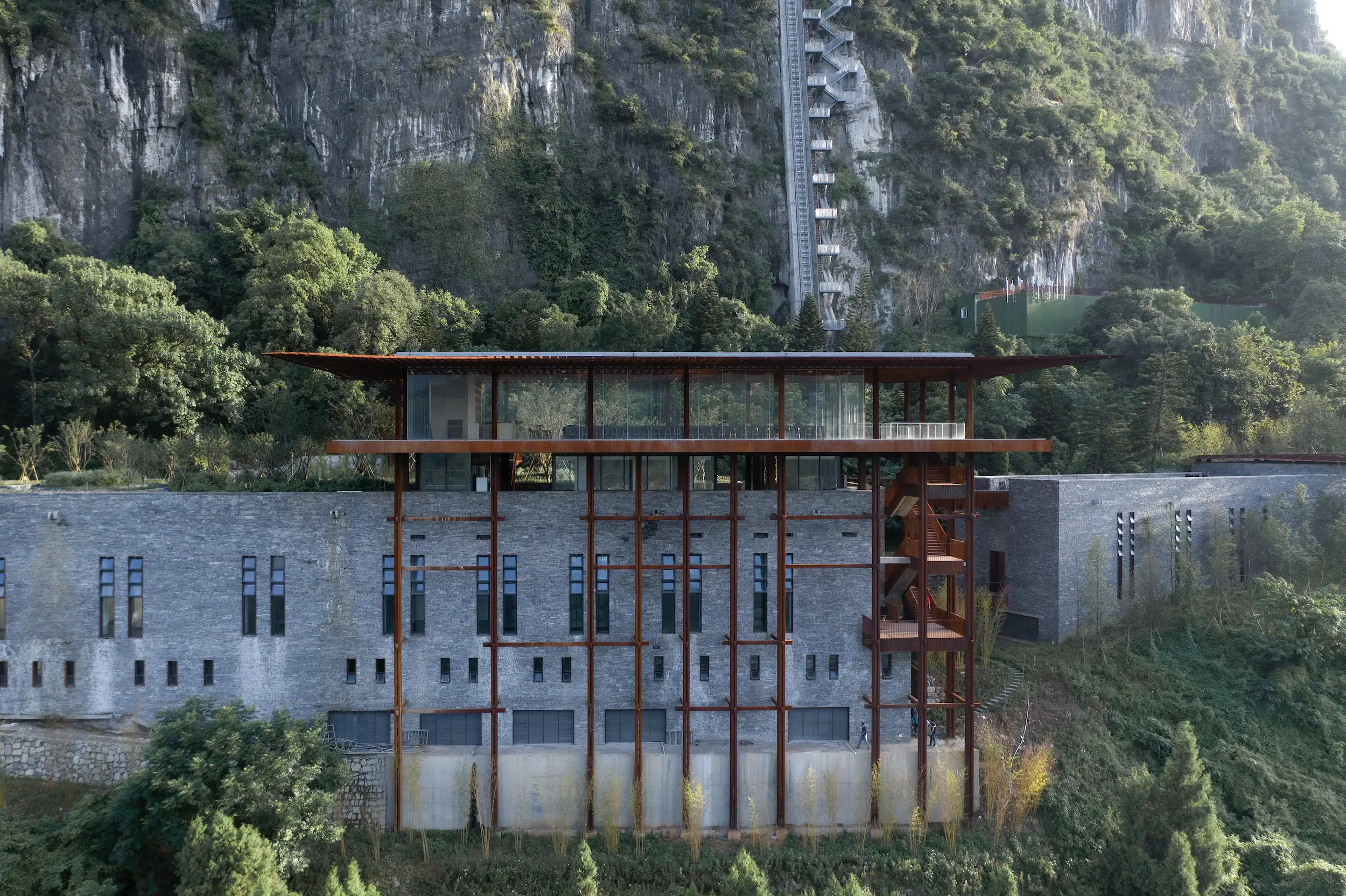Liu Jiakun Wins 2025 Pritzker Architecture Prize
2025 Pritzker Architecture Prize recipient Liu Jiakun. Photo courtesy Tom Welsh, The Hyatt Foundation/Pritzker Architecture Prize
Liu Jiakun, a Chengdu-based architect whose work can be both muscular and nimble, has been named the 2025 laureate of the Pritzker Architecture Prize. His buildings often employ traditional Chinese elements such as walled enclosures and gardens, but do so in modern and poetic ways. For example, his Luyeyuan Stone Sculpture Art Museum, completed in 2002 in Chengdu, reveals itself as a series of poured-concrete boxes set within a dense landscape of bamboo and trees that visitors enter via a narrow ramp hovering above the ground. Liu choreographs movement between outdoors and in, from one pavilion to another, from forest to garden and back again. Inside, gray-brick walls embrace Buddhist sculptures and relics, while strips of glass allow daylight to wash over the artwork on display.
.webp)
Luyeyuan Stone Sculpture Art Museum (2002), Chengdu, People's Republic of China. Photo by Bi Kejian
Since founding his firm in 1999 in the southwestern province of Sichuan, Liu, 68, has developed his architecture separate from the more-attention-grabbing hubs of Beijing, Shanghai, and Shenzhen. In recent years, though, he has executed projects in eastern cities such as Shanghai, Suzhou, and Nanjing. The 54th Pritzker laureate since the award began in 1979, he is the second from China; Wang Shu won in 2012 and practices with his wife Lu Wenyu as Amateur Architecture Studio.

Museum of Clocks, Jianchuan Museum Cluster (2007), Chengdu. Photo courtesy Arch-Exist
“In a global context where architecture is struggling to find adequate responses to fast-evolving social and environmental challenges, Liu Jiakun has provided convincing answers that also celebrate the everyday lives of people as well as their communal and spiritual identities,” states the Pritzker citation. Much of Liu’s work tries to balance the needs of the individual and the larger community, often creating spaces of contemplation or respite apart from busy urban contexts. The Museum of Clocks, which is part of the Jianchuan Museum Cluster in Chengdu, for example, offers a trio of red-brick structures whose tall interior spaces serve as almost spiritual retreats from the scruffy commercial district surrounding the project.
At West Village, another project in Chengdu, Liu played with scale, delineating an enormous city block with sprawling recreational areas at its center, while also paying attention to individual pavers that allow indigenous grasses to grow through their hollow cores. For the project’s perimeter, he designed a five-story structure that morphs from commercial building to open ramps for joggers and cyclists, changing from a mostly opaque edifice to an architectural veil. Set within a dense urban fabric, West Village is an oasis of healthy activity for big-city residents.
.webp)
West Village (2014), Chengdu. Photo courtesy Arch-Exist
.webp)
West Village (2014), Chengdu. Photo courtesy Arch-Exist
Liu’s smallest project, the Hu Huishan Memorial, honors the life of a young girl who perished in the Wenchuan earthquake that rocked Sichuan in 2008, killing more than 90,000 people and leveling entire villages and towns. Taking the form of a relief tent, but made of plastered walls, the one-room structure addresses both the collective grief of a nation and the singular dreams of a 15-year-old middle-school student who loved the color pink and hoped to be a writer. The design alludes to the ubiquity of pitched-roof emergency tents erected in the aftermath of the disaster yet connects to the particular with its pink interior filled with Hu Huishan’s backpack, her sneakers, and other personal possessions. In the years after the earthquake, Liu has used “rebirth bricks” made of debris from the disaster in a number of projects, moving from destruction to renewal.
.webp)
.webp)
Hu Huishan Memorial (2009), Chengdu. Photos by Iwan Baan
“We start with history,” said Liu discussing his design process in an interview with RECORD. “But history is abstract, indirect.” On the other hand, he adds, “Memory is the history I have personally experienced. It’s more authentic and more specific. I try to inject this kind of memory in my work.”
.webp)
Department of Sculpture, Sichuan Fine Arts Institute (2004), Chongqing, People's Republic of China. Photo by Bi Kejian
After graduating from the Chongqing Institute of Architecture and Engineering in 1982, Liu joined a large design institute in Chengdu but soon became disillusioned with his profession. He spent several years in Tibet, working for the Chengdu Architectural Design and Research Institute, while also writing fiction, painting, and practicing meditation. Eventually, he came back to Chengdu and in 1999 founded Jiakun Architects. China has a long history of scholars retreating to forests and mountains for reflection and then returning to society to re-engage with critical issues, a journey Liu has followed as well. His timing was fortuitous as China began a decades-long building boom just as he launched his firm. Because it is dependent on economic activity, architecture often lags behind other artistic disciplines, according to Liu. “In the early 2000s, when architecture was booming, it was discussing a lot of the issues that literature and art had already tackled in the 1980s and ‘90s.” States Liu, “Literature is the foundation of everything, because language is important for everything.” Having skills in both writing and design, says Liu, “broadens my perspective and allows me to think more comprehensively.”

Songyang Culture Neighborhood (2020); Lishui, People's Republic of China. Photo courtesy Arch-Exist
The Pritzker jury citation heralds Liu “for embracing rather than resisting the dystopia/utopia dualism and showing us how architecture can mediate between reality and idealism, for elevating local solutions into universal visions, and for developing a language that describes a socially and environmentally just world.”


The Renovation of Tianbao Cave District of Erlang Town, Luzhou, People's Republic of China (2021). Photos courtesy Arch-Exist
In the past decade, Liu’s work has ranged from an office building in Shanghai for Novartis that features a central garden and bamboo louvers, a museum in Suzhou dedicated to the history of Ming and Qing Dynasty brick kilns, a series of small insertions in a traditional neighborhood in Songyang in Zhejiang Province, and a visitors center for the Tianbao Cave District in southwestern Sichuan. Projects currently under way include the adaptive reuse of the Hangzhou Grand Canal Steelworks Park, the Film Sound Museum & Feature Film Exhibition Hall at the Xichang Jianchuan Museum Cluster, and a branch of Librairie Avant-Garde in the town of Huize in Yunnan Province.
-Block-C6-2.-Facade---South-(Arch-Exist-).webp)
Novartis Block C6, Shanghai (2014). Photo courtesy Arch-Exist
“I always aspire to be like water—to permeate through a place without carrying a fixed form of my own and to seep into the local environment and the site itself,” says Liu.
Liu Jiakun will be presented his Pritzker award at a ceremony in Abu Dhabi in May.



